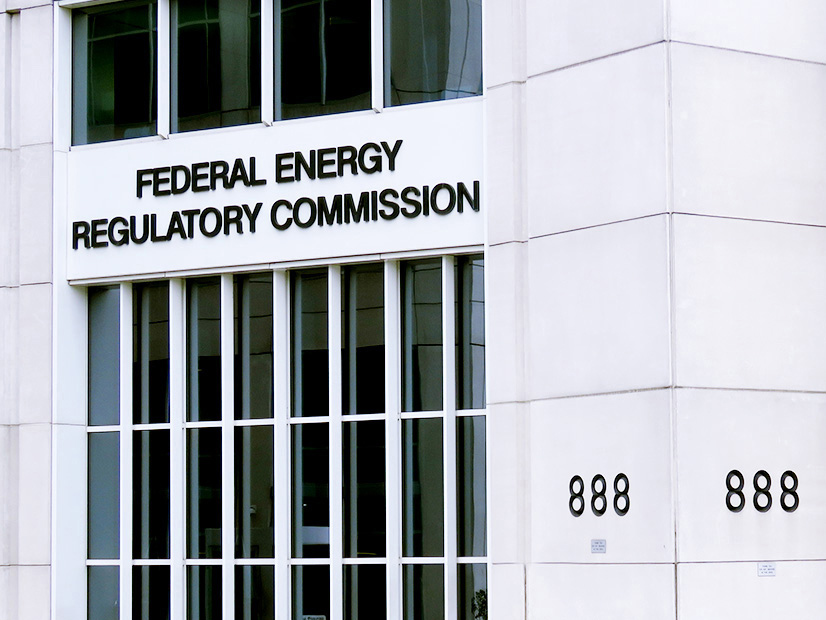
FERC on Monday approved two SPP revisions to its tariff that would provide load-responsible entities (LREs) with an alternative short-term, nonpunitive approach to deficiency payments for their summer resource adequacy requirements (RAR).
The commission accepted the RTO’s proposal specifying that LREs making the deficiency payments will be sufficient for the current year’s RAR (ER23-1216) and a second revision that adds a deficiency payment structure applicable in certain circumstances and based on a sufficiency valuation curve (ER23-1218). The revisions are effective May 2.
Deficient LREs that make the payment are essentially buying capacity needed to make it sufficient for the current year’s RAR from other entities with excess capacity, SPP said. It would then consider those LREs sufficient for the current year’s applicable requirement.
Both revision requests were approved in January by SPP regulators, stakeholders and its Board of Directors after months of trying to reach consensus. (See SPP Board/Members Committee Briefs: Jan. 31, 2023.)
FERC said the proposed revisions are just and reasonable and not unduly discriminatory or preferential. In the first order, it said SPP’s proposal clarifies the responsibilities for both LREs that make deficiency payments, and LREs or generator owners with excess capacity that receive revenues from those payments. The latter group cannot subsequently contract to sell any of that excess capacity being paid revenue distributions to any other entity in the grid operator’s balancing authority area during the applicable summer season.
“We find that this will ensure that SPP can rely on the designated excess capacity for the SPP balancing authority area during the applicable summer season,” the commission wrote.
The RTO said in its request that without an assurance from entities receiving excess capacity revenue that they will not subsequently contract that same capacity to someone else, the BAA could see increased reliability risk if that capacity is contracted and made otherwise unavailable for serving load.
The commission also found SPP’s proposed sufficiency valuation curve to be a “reasonable method” to estimate the value of excess accredited capacity needed to resolve LRE deficient capacity in the RTO’s footprint and to calculate LREs’ deficiency payments after a planning reserve margin (PRM) increase.
FERC agreed with the SPP’s Market Monitoring Unit that this valuation of deficient and accredited capacity is “commensurate with regional resource adequacy needs, without removing the long-term planning incentive of SPP’s current deficiency payment approach.”
It said SPP’s proposed sufficiency valuation curve eligibility criteria is reasonable because it specifies the circumstances under which a deficient LRE may rely upon the methodology following a PRM increase, while ensuring that an LRE unable to meet the prior PRM is not relieved from its obligations under SPP’s deficiency payment mechanism.
SPP increased its PRM from 12% to 15% last year. It developed a mitigation strategy to address members’ concerns that they wouldn’t have enough time to meet the new requirement. (See SPP Board of Directors Briefs: Dec. 6, 2022.)


